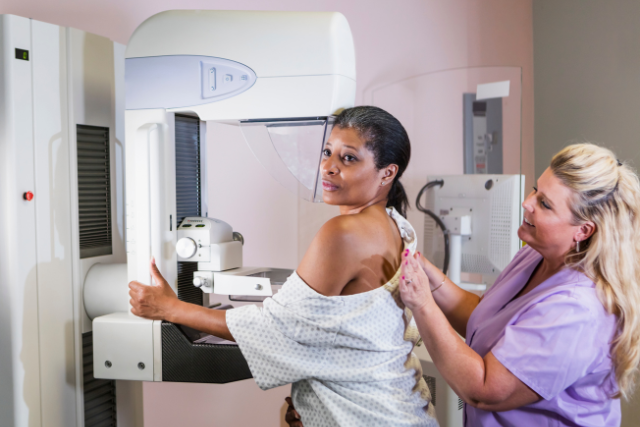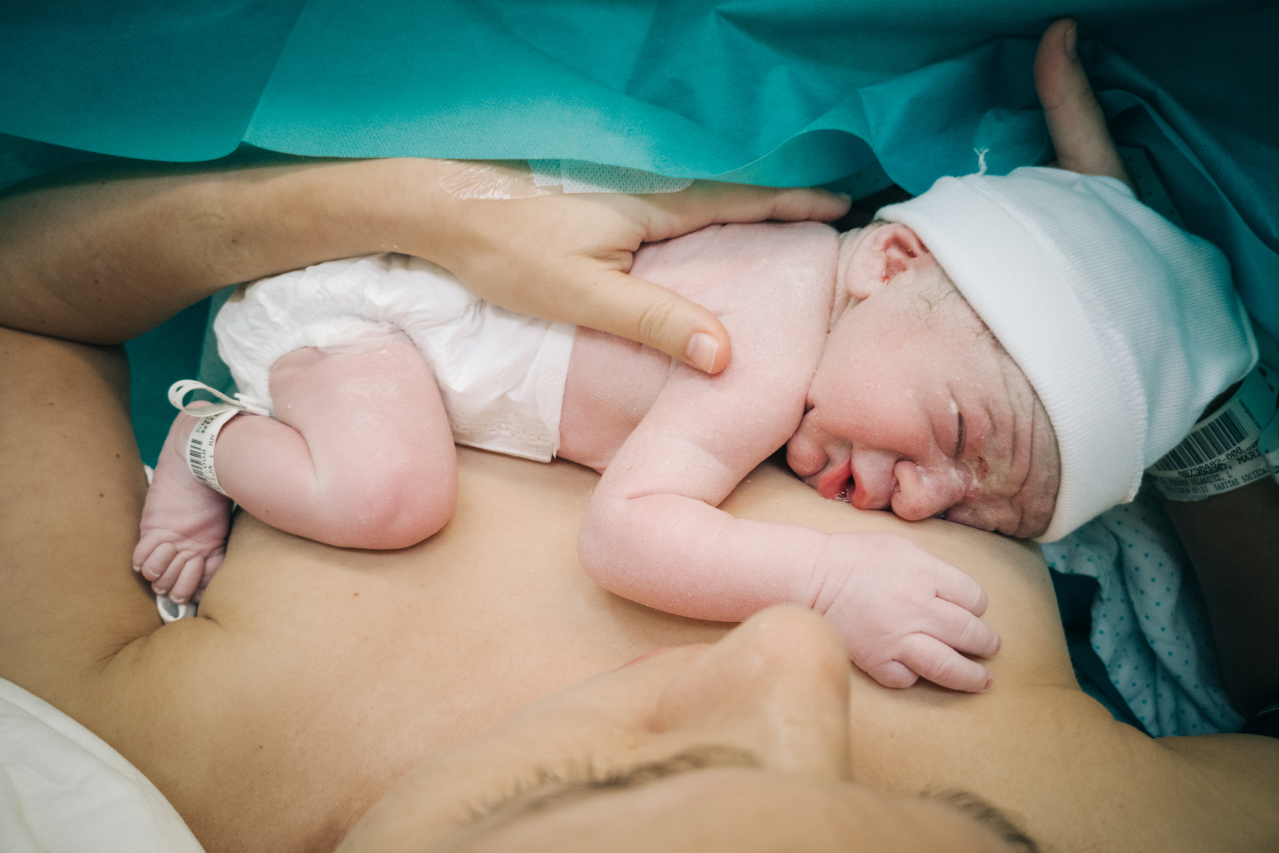Mammography plays a critical role in early breast cancer detection, which is essential for improving survival rates. However, interpreting mammograms is no easy task, as radiologists must distinguish cancerous lesions from normal breast tissue, often with overlapping shadows. Fortunately, artificial intelligence (AI) is transforming mammography, enhancing accuracy and improving outcomes for countless women worldwide.
What is Mammography and Its Challenges?
Mammography uses X-ray imaging to capture detailed images of breast tissue, enabling healthcare providers to detect early signs of breast cancer. While it is a vital tool in breast cancer screening, interpreting these images presents challenges. Breast tissue varies in density, and cancerous cells often appear as white areas, similar to normal tissue. This makes distinguishing between healthy and abnormal areas particularly complex.
Radiologists meticulously analyze each image to avoid missing small cancerous lesions, but the difficulty of interpretation means that some diagnoses may be delayed or missed altogether. This highlights the urgent need for advanced detection methods, such as AI, to assist radiologists in making accurate diagnoses.
The Role of AI in Mammography
Artificial intelligence first made its entry into mammography in the 1990s with the development of computer-aided detection (CAD) systems. These early AI tools were designed to assist radiologists by analyzing mammogram images and flagging potential abnormalities. CAD systems acted as a second set of eyes, helping radiologists spot areas that might indicate cancer, thus improving diagnostic accuracy.
Since then, AI in mammography has evolved significantly. Today’s AI systems go far beyond traditional CAD by using machine learning and deep learning algorithms to analyze vast datasets of mammograms. These systems learn patterns associated with cancerous lesions, further enhancing accuracy and reducing the chances of false positives and false negatives.
Key Benefits of AI in Mammography
- Increased Accuracy: AI-powered tools enhance the accuracy of mammogram interpretations. Studies have shown that AI can significantly reduce missed diagnoses, allowing for earlier detection and treatment of breast cancer. A study published in Nature demonstrated that AI systems matched or even surpassed human radiologists in detecting cancerous lesions.
- Reduction of False Positives: One of the major challenges in mammography is the high rate of false positives, leading to unnecessary follow-up procedures and anxiety. AI algorithms help mitigate this by providing more precise analyses, allowing radiologists to focus on truly suspicious areas.
- Streamlining Workflows: By automating the initial analysis of mammograms, AI tools streamline radiology workflows. This helps radiologists prioritize complex cases and reduce their workload, improving overall patient care.
- Continuous Learning: AI systems continuously learn from new data, improving their detection capabilities over time. This adaptability allows AI to become increasingly effective in identifying subtle patterns associated with breast cancer.
Several leading healthcare institutions and companies are implementing AI-driven mammography solutions, showcasing its impact:
- Google Health: Google Health has developed an AI algorithm that significantly improves mammogram analysis. Research has shown that their model reduced false positives by 5.7% and false negatives by 9.4%, compared to human radiologists.
- Hologic: This medical technology company integrates AI into its mammography systems, assisting radiologists in interpreting images more accurately and efficiently.
- Qure.ai: Qure.ai has developed AI algorithms to assist in interpreting various medical images, including mammograms. Their technology focuses on identifying abnormalities, and supporting radiologists in making well-informed decisions.
While AI holds great promise in improving mammography, there are important ethical considerations to address:
- Data Privacy: AI relies on large datasets for training, making patient data privacy crucial. Developers must implement stringent measures to protect sensitive patient information.
- Bias in AI: If AI systems are trained on non-diverse datasets, they may perpetuate existing biases, leading to disparities in care for different populations. Ensuring that AI is trained on representative data is critical to delivering equitable healthcare.
- Collaboration with Human Radiologists: AI should serve as an assistive tool, not a replacement for radiologists. The best outcomes will result from collaboration between AI systems and human expertise, allowing radiologists to leverage technology while maintaining clinical judgment.
Artificial intelligence is revolutionizing mammography, offering hope for earlier and more accurate breast cancer detection. Since its introduction in the 1990s with computer-aided detection (CAD) systems, AI has advanced to enhance diagnostic accuracy, reduce false positives, and streamline workflows. However, as AI continues to evolve, addressing ethical considerations—such as data privacy and bias—will be crucial for ensuring equitable healthcare.
Curious about how AI is transforming healthcare? Subscribe to MedPulse AI for the latest updates on AI innovations in healthcare and how they’re shaping the future of medical diagnostics.
Sources:
- Nature: Study on AI outperforming human radiologists in mammogram analysis.
- Google Health research: AI model for reducing false positives and negatives in mammography.




